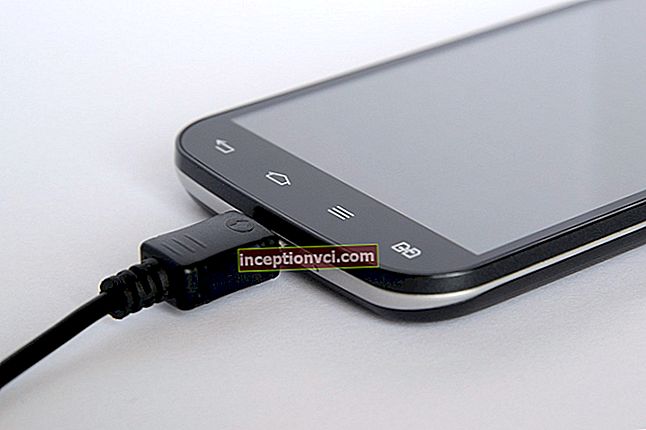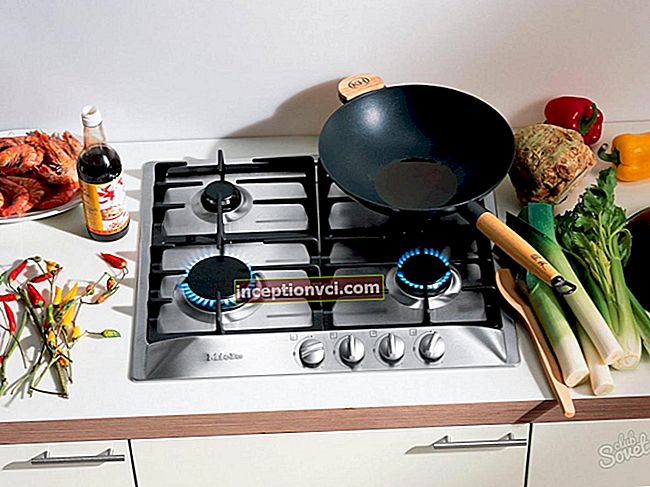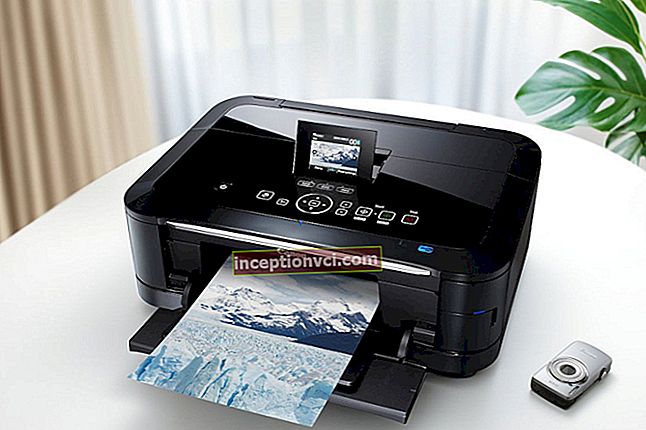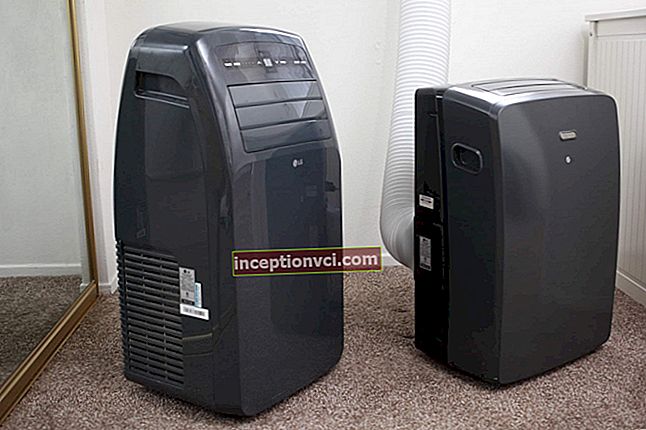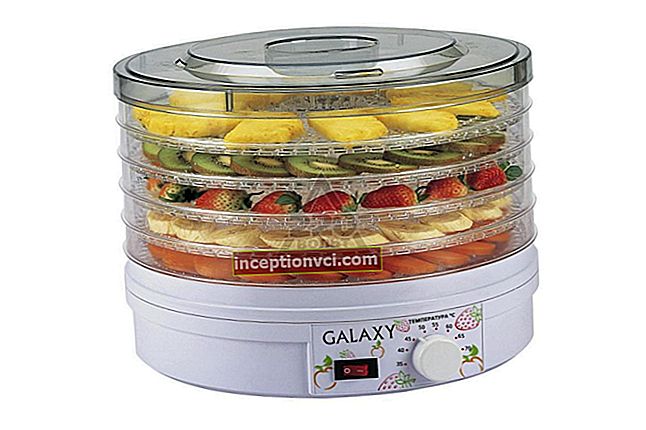Overview Sony Cyber-Shot DSC-R1
The camera we want to present today is unique. The DSC-R1 belongs to the advanced-user integrated lens class. Some call it a bridge between the world of compact cameras and DSLRs.

The non-reflective R1 is equipped with a 10.3-megapixel sensor, the linear size of which - 21.5x14.4 mm - practically corresponds to the size of the matrices of Canon (350D, 20D), Nikon (D70) digital SLRs, etc. called the crop factor. In addition, this camera is equipped with a fast and sharp Carl Zeiss wide-angle lens, which we have found to have excellent optical performance. Owners of DSLRs will need two lenses to cover a similar range of focal lengths - good lenses, because the optical bar taken by the Zeiss “glass” is quite high. In addition, in the case of the Sony DSC-R1, there is no chance of dust getting on the sensor when changing lenses. So, at first glance, the only thing that entry-level DSLRs can oppose to the camera is a TTL viewfinder.
However, its design involves the use of a mirror, which creates vibration and noise during shutter operation. Don't forget about framing in real time using the large LCD screen, which is fed by the image from the APS-C sensor. And yet, in practice, the R1 has won only a partial victory over DSLRs. Take, for example, its LCD display, which is unusually located at the top of the camera and immediately evokes the analogy with the shaft viewfinders of medium format cameras. It seemed to us not very convenient to shoot shots in portrait format with its help. If you constantly hold the LCD screen upwards, your fingers will accidentally "stick" to it, leaving bold marks. Usually, when you set the LCD to auto select mode, the overly sensitive electronic viewfinder sensors react to blocking light not only by the eye, but also, for example, by the body of your body. As a result, an "unauthorized" shutdown of the LCD often occurs:
The ergonomics of the R1 case are almost flawless. The camera is heavy, but the left hand instinctively grasps the lens barrel. Deep grip is easy to get used to. In functional terms, the Sony DSC-R1 is not inferior to amateur DSLRs. Prefer to control the exposure yourself, focus manually by rotating the lens ring? No problems. Not ripe for this yet? Then put the camera in automatic mode or use the basic scene programs. It focuses quite quickly: in the wide-angle and medium range, in the presence of a sufficient amount of light, it is no slower than DSLRs. You can work in continuous autofocus mode, use one or more AF points.
The machine takes 1 second to get ready for use after being turned on, but processes image files slowly. It takes about 2.5 seconds to save one JPEG, and a whole 9 seconds for RAW. The situation is not very good with continuous shooting: 3 JPEGs are shot in 3 seconds, followed by a 5-6-second "dialogue" between the camera and the memory buffer. The concept of RAW plus continuous shooting is incompatible with the R1 at all. Here the advantage of DSLRs is obvious, while the DSC-R1 is hardly suitable for shooting sports events (both due to its limited zoom and poor speed characteristics). The camera is of little use for dynamic reporting.
Let's do some comparison of the Sony DSC-R1 camera with the Canon 350D. It turns out that the extra two million pixels can provide R1 with only a minimal advantage in resolution and detail, which is noticeable only when you carefully examine the results on a computer screen.
First, let's figure out the optical performance of the camera lens.What do we usually expect to see in wide-angle shots? The drop in sharpness at the edges of the frame - "coma", a decrease in the level of illumination from the center to the periphery - vignetting, as well as increased chromatic aberrations in the form of a purple halo (from which the pictures taken with the Sony F828 suffered greatly). Due to the closest position of the rear optical element of the lens to the plane of the CMOS sensor, the above disadvantages were minimized. A rare lens that gives the same field of view on an SLR is capable of exhibiting such low barrel distortion and vignetting. In addition, when compared to the 350D equipped with a whale lens, the Sony DSC-R1 was an order of magnitude sharper in the corners. However, if we talk about the sharpness of images in general, it is necessary to note the overestimated value of this parameter, set by default. At the same time, low-contrast areas of the image still remain blurred, while a visible halo appears along the boundaries of isolated objects. Therefore, JPEG images coming straight out of the camera look "too digital", in contrast to Canon images, which are characterized by film softness and lower contrast. In light of the above, we advise you to always set the sharpness parameter to minimum. The Photoshop Unsharp mask function can be applied to such files in sufficiently large doses (up to 300% with a very small radius). As for high contrast, which results in a slight decrease in detail in highlights, we recommend shooting in RAW format slowly but efficiently. Practice shows that the dynamic range of "raw" files is at least 1 EV wider only in the highlight area. However, here comes another, fortunately, quite solvable problem: when converting RAW files using a Photoshop plug-in, some colors, especially red and green, acquire unnatural shades. A little calibration in the plugin dialog box - and everything falls into place.
In general, the color gamut of JPEG images was distinguished by enviable accuracy of shades and slight oversaturation of key colors. If we talk about high expectations regarding the levels of digital noise at critical ISO, then we can conclude that the camera met them only partially. At ISO 400 and, at a stretch, at ISO 800, the noise level is comparable to that shown by the 350D. And yet, in areas of weak signal - shadows - the Sony at ISO 800 has noticeably stronger noise. The plus is that while the interference of the noise reduction algorithm remains minimal. However, at ISO 1600 and 3200, the situation changes dramatically. Noises “eat up” small details and appear as large colored spots predominantly in the red and blue channels. At ISO 3200, they seriously drown out the signal in the shadows, effectively narrowing the effective dynamic range.
Key points
Design
Fully loaded, the camera weighs about 1 kg. The bulk comes from a large lens, a grip with a battery. The case has a metal base, sheathed with durable high molecular weight plastic. The focusing and zooming rings of the lens are quite tight and do not play.
Interfaces
They are located on the left side of the case, covered with a slightly rounded rubber plug. These are AV-out, accessory connector, USB 2.0 port, and AC adapter connector. The data transfer rate to the computer is about 2 Mb / s. Very good. The camera does not have a video recording mode.
Lens
Sample of Carl Zeiss optics. Sharp, with minimal geometric and chromatic aberration, fast at the wide-angle end. Its 24mm is more than enough for great scenes where you need to include a lot of detail in the frame. The lens zoom ring is mechanical, and the focus ring is connected to the optics by means of a servo.
D-PAD manipulator
Located in the center of the steering wheel. It is used to navigate the menus, view images and move around the zoomed picture, select the AF area in Flexible Spot mode.The control wheel works in combination with the function keys and is responsible for changing the shutter speed values, exposure compensation, as well as for controlling the digital zoom.
Batteries
The gripper contains an accumulator, which is locked with a door on a spring. Capacity NP-FM50 - 1200 mAh. It charges directly in the camera when you connect the AC adapter, which is not very convenient. The battery life on a single charge is amazing: in Shooting mode, with constant use of the LCD monitor, it can last 4.5-5 hours. The first time you will not need to think about buying an additional battery
Memory card
Like its predecessor, the F828, the R1 is compatible with Memory Stick (including the Pro version) and CompactFlash. For this purpose, the handle has two slots. The newer Memory Stick models are faster: saving the image in RAW format will save you almost 3 seconds (when compared to CompactFlash). Although with regard to JPEG, the difference in speed is insignificant. For reference - one RAW takes about 20 MB, so it would be nice to get a 1 GB card
pros
- APS-C format sensor provides excellent color and resolution
- The quality of RAW files is not worse than that of DSLRs
- Low level of vignetting, geometric distortion and chromatic aberration of the 24 mm lens
- Price / functionality ratio
- Lack of mirror vibrations
Minuses
- Digital noise starting from ISO 800 and above
- Autofocus is slow in low light
- Very weak continuous shooting mode
- RAW files are very slow to record
Specifications (edit)
Model - Sony Cyber-Shot DSC-R
Number of megapixels - 10.3
Maximum resolution - 3888x2592
Lens - f / 2.8-4.8 (24-120mm)
Zoom - 5x optical, 2x digital (Precision Diqital)
Focus range - 50 cm - infinity, macro mode - 35 cm
Excerpt - 30 - 1/2000 sec
ISO - auto, 160, 200, 400, 800, 1600, 3200
Exposure modes - auto, program, aperture / shutter priority, manual, scene programs
Exposure metering - multi-zone, point, center-weighted
Flash mode - auto, forced shutdown / activation, reduction of the "red-eye" effect, etc.
Interface - USB, AV, DC
Weight - 995 g
Dimensions (edit) - 139x97x168 mm
Batteries - lithium-ion battery
Cards memory - Stick, Memory Stick Pro, Compact Flash type I / II
LCD display - 2 inches


